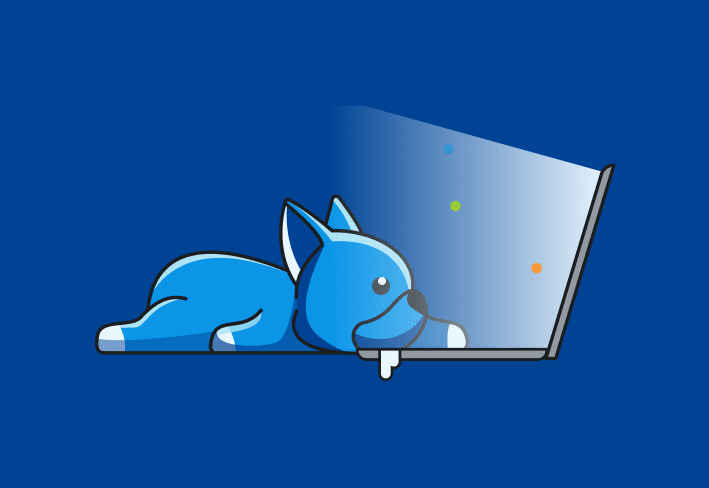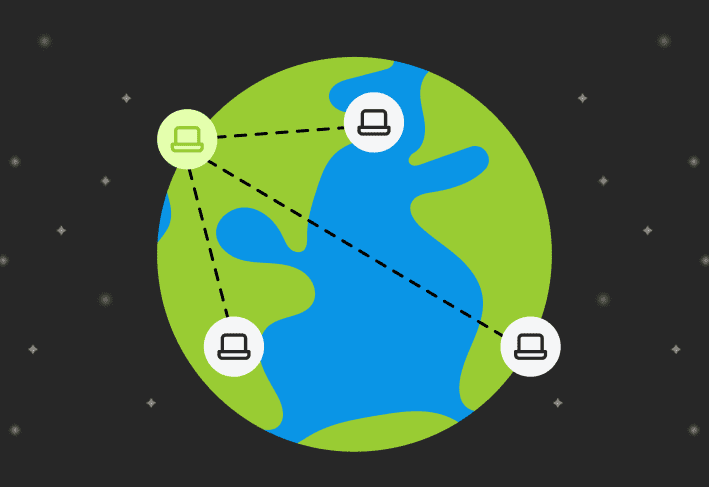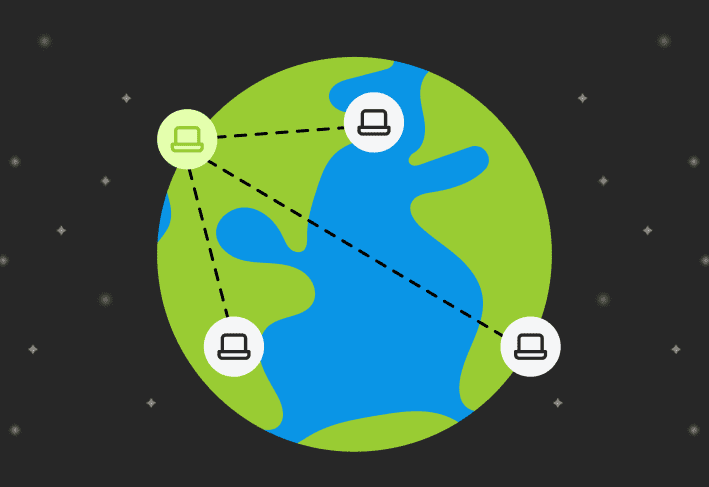Microsoft has been busy building an entirely new version of Microsoft Teams, and it's finally ready for production. The only problem is now it's a Microsoft Store app instead of a traditional desktop installation.
So, what does this mean for all my sysadmin comrades? While I wouldn't hit the panic button yet, Teams is going to require a bit more effort to deploy and manage than it used to. On second thought, go ahead and hit the panic button, then come back and we'll finish going over everything you need to know.
What's new in Teams 2.0?
The new Teams app has been reimagined and redesigned to drastically improve the Teams experience (according to Microsoft). Built from the ground up, the new Teams experience, or Teams 2.0 as some refer to it, is intended to boost performance, reduce memory usage, and simplify integrations.
Why build a new Teams client?
Why did Microsoft decide to build an entirely new application instead of overhauling the existing client? When trying to improve a product, it's fairly common to reach a point where it becomes easier to start from scratch than to build upon an older foundation. Especially as technology evolves and new frameworks and systems are developed, incorporating newer technologies into older platforms can be extremely challenging and resource-intensive.
Challenges with Microsoft Store apps
Microsoft Store apps are built differently. Literally. While that's not inherently a bad thing, it introduces some challenges.
For example, most organizations prefer working with machine-wide installers, but Microsoft Store apps are generally user-provisioned. Want to uninstall a store app using Control Panel? Unfortunately, you can't. Store apps aren't populated on the list of installed software in Control Panel because they don't use the same registry keys or even the same install locations as traditional desktop installers.
The changes introduced to Microsoft Store apps also mean they're more difficult to track than traditional installers. But keep reading, and we'll show you how to keep track of those elusive Microsoft Store apps.
How to deploy Teams 2.0 with PDQ Deploy
Deploying the new Teams app is just one of the many differences introduced with the redesigned software. But different doesn't mean difficult. With PDQ Deploy, we can distribute Teams 2.0 to your endpoints faster than I can flee a socially awkward situation.
Download Microsoft's new Teams 2.0 installer and put it into your PDQ Deploy repository folder.
In PDQ Deploy, click New Package.
Give the package a name.
Click New Step > PowerShell.
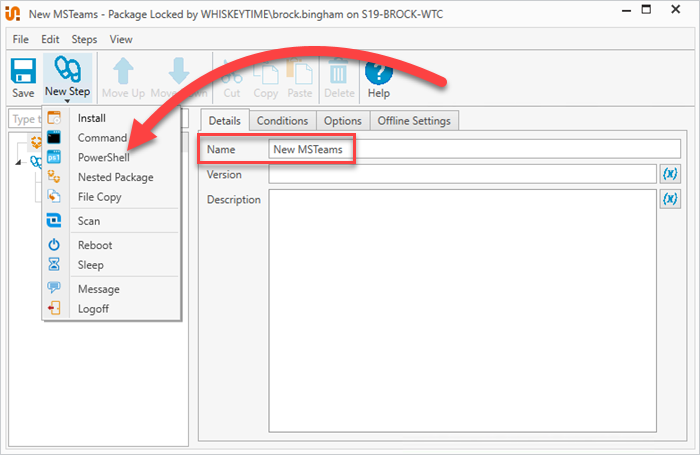
Add this PowerShell script into the scripting pane:
$Apps = Get-AppxPackage | Where-Object { $_.Name -like "*Teams*" } FOREACH ($App in $Apps) { Remove-AppxPackage -Package $App.PackageFullName }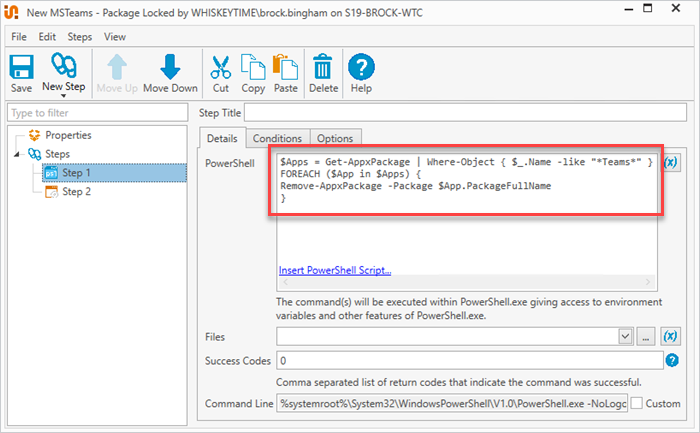
Click New Step > Install.
Enter the path to the Teams installer in the Install File field. Alternatively, navigate to the file using the ellipsis button next to the field.
Add the parameter -p to the Parameters field.
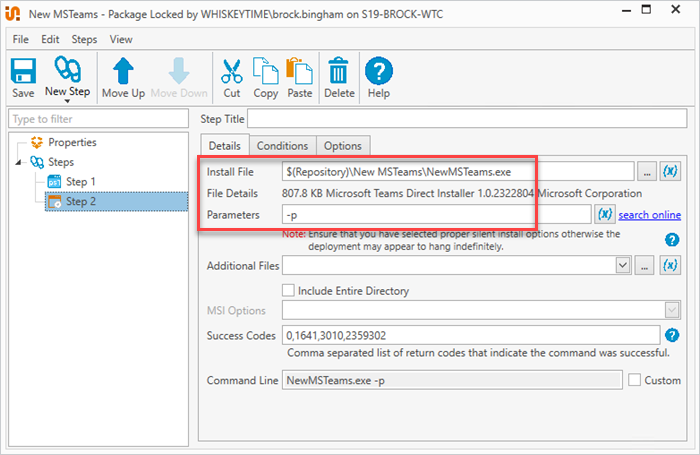
Click Save, then close the package.
That's all there is to it. Your package is ready to deploy. However, in an effort to minimize effort, we've even packaged everything into an XML file just for you. Simply import the XML file, update any pertinent information like the version number, and point it to your installer. And yes, I get joy from making other sysadmins just as lazy as me.
When you're ready to deploy the package, select it, then click Deploy Once.
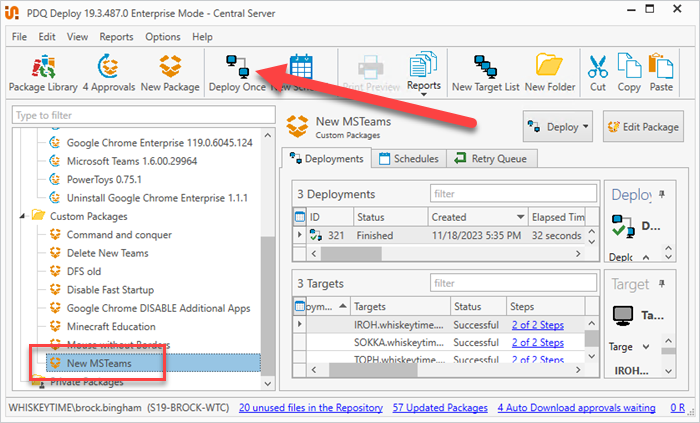
Add your targets in the Deploy Once window, then click Deploy Now when ready.
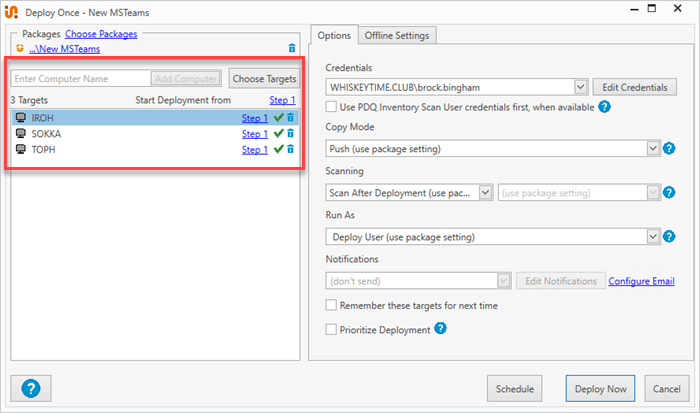
Become a deployment expert
Here's what you need to know about the 10 deployment steps in PDQ Deploy.
How to track the new Teams app with PDQ Inventory
Now that you’ve distributed Teams 2.0 to all your adoring users, it's time to establish a way to track those installations. Unfortunately, tracking Microsoft Store apps isn't as straightforward as tracking traditional Win32 applications. But with PDQ Inventory and a PowerShell Scanner, we can still return all the juicy details we're looking for.
In PDQ Inventory, click Scan Profiles, then click New.

Add a name to the Scan Profile, then click Add > PowerShell.
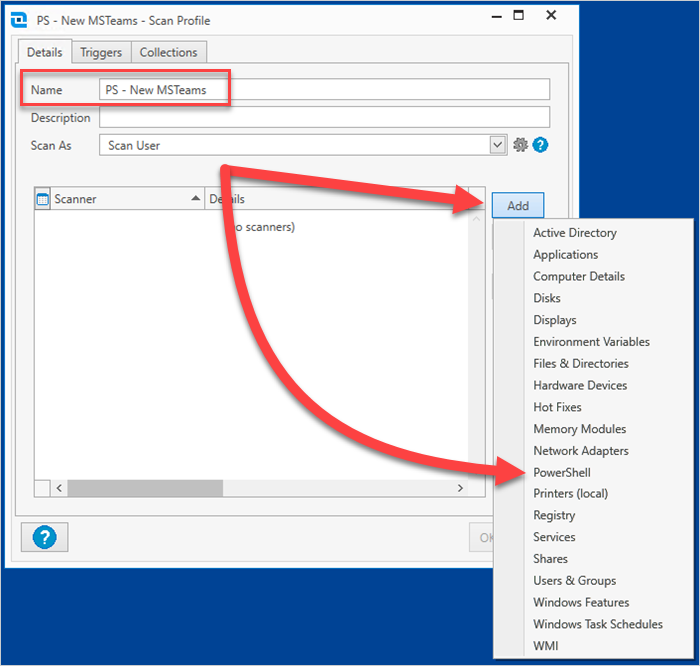
Name the Scanner, select the Script radial button, then add this PowerShell script:
$Apps = Get-AppxPackage -Name "*Teams*" -AllUsers if($Apps){ ForEach ($app in $Apps){ [PSCustomObject]@{ 'Name' = $app.Name 'Version' = $app.Version} } } else { [PSCustomObject]@{ 'Name' = $null 'Version' = $null } }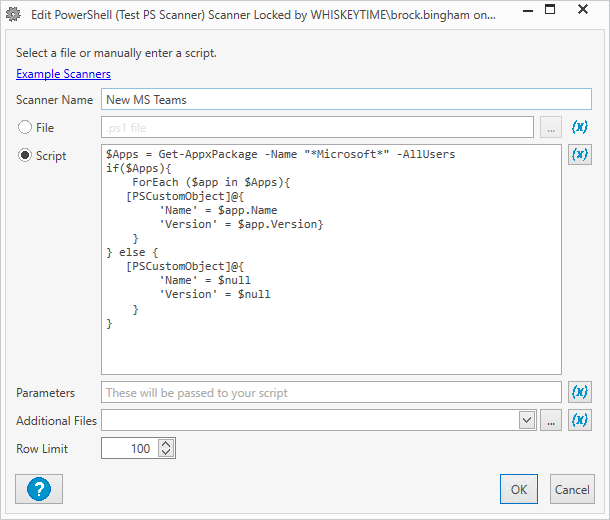
Click OK to close the Scanner window, then click OK again to close and save the Scan Profile.
With the Scan Profile created, we're ready to run it against our endpoints.
Right-click All Computers, click Scan Collection, then click the new Scan Profile you just created.
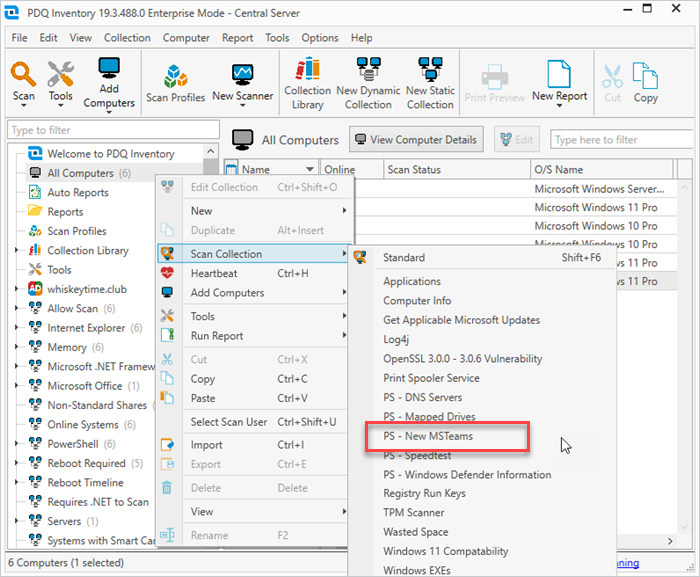
You can monitor the scan's progress using the Scan Status column.
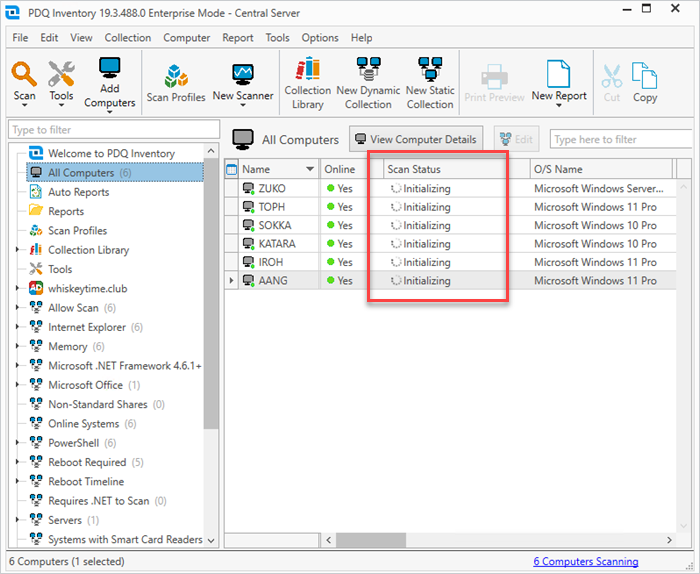
When the scan finishes, double-click on any computer you deployed the new Teams app to. Select the PowerShell menu option, then use the drop-down menu to ensure you select the right Scan Profile.
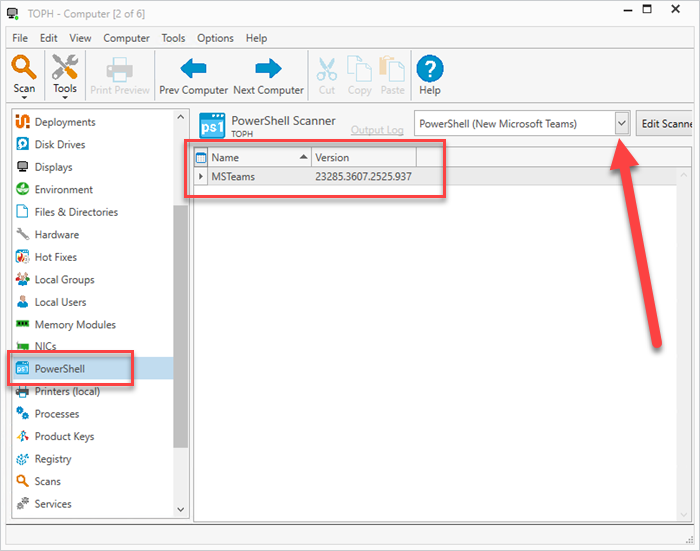
Once we've verified that the Scan Profile is working, we can create a dynamic collection with our gathered information.
In the main PDQ Inventory window, click New Dynamic Collection.
Name the collection.
Ensure the collection starts with an All group filter.
Click the Add Value Filter button, then add the following filter details: <your PowerShell MSTeams scan profile name> | Name | Contains | MSTeams
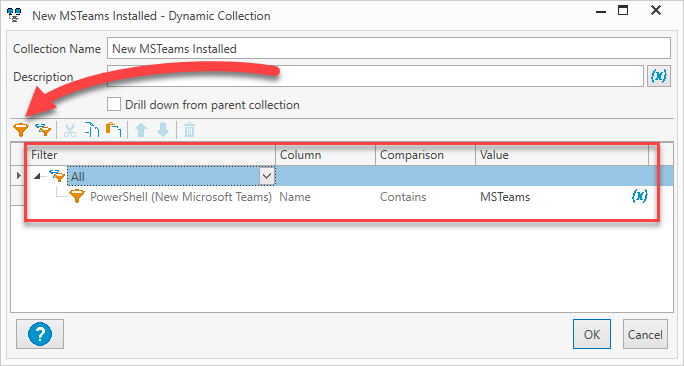
With the dynamic collection in place, it should contain all the computers that have the new Microsoft Teams app installed.
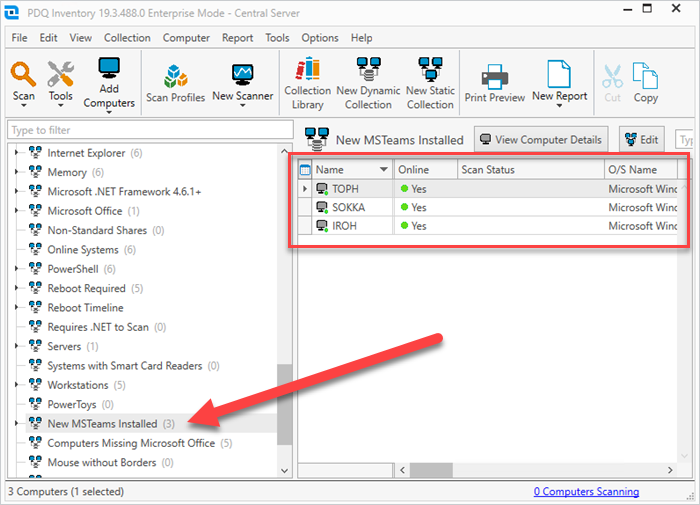
Take your tracking to the next level with custom variables
If you really want to impress your coworkers (and who doesn't, right?), we can take things to the next level by adding a custom Microsoft Teams variable with the latest version number.
In PDQ Inventory, click Options > Variables, then click New Variable. Give the variable the name @(NewMSTeamsLatest), then add the latest version number in the Value column. Just remember to update this variable information as the version number changes in the future.
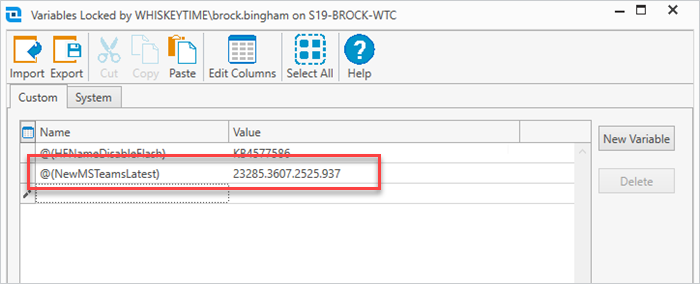
With a custom variable established, we can create more detailed collections. Let's follow our Collection Library formatting convention and create three sub-collections under the New MSTeams Installed collection we created above. To create sub-collections, simply select the primary collection you wish to embed the sub-collections in, then click the New Dynamic Collection button. Or you can drag and drop collections after they've been created.
Here are the three collections we'll create and their filters:
New MSTeams Latest
All
PowerShell (New Microsoft Teams) | Version | Version Equals | @(NewMSTeamsLatest)
New MSTeams Not Installed (sub)
Not All
PowerShell (New Microsoft Teams) | Name | Contains | MSTeams
New MSTeams Old
All
PowerShell (New Microsoft Teams) | Version | Version Lower Than | @(NewMSTeamsLatest)

If you used a different naming scheme than what I used in this example, you'll need to ensure you use the correct PowerShell scanner and variable names.
Manage Microsoft Store apps with PDQ Deploy & Inventory
Microsoft left many sysadmins scrambling when they transitioned the new Teams to a Microsoft Store app. Don't be caught off guard when Microsoft throws you a curveball. PDQ Deploy & Inventory ensures you have the tools necessary to manage your endpoints, no matter what tricks Microsoft has up its sleeves. Try out Deploy & Inventory free for 14 days and reduce your stress — and your step count.

